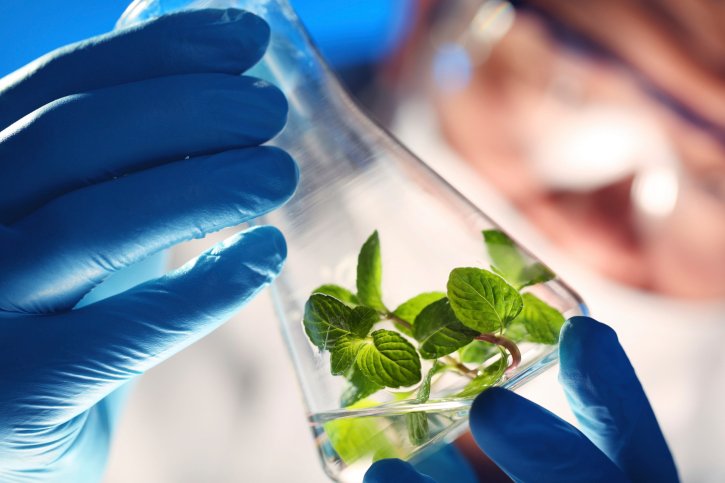Leveraging Space Lab for Novel R&D
June 30, 2024 | Sunday | Views | By Dr Manbeena Chawla
Since space exploration began decades ago, it has over the years led to new technology and medical advancements
image credit- shutterstock
Microbes continue to puzzle us by growing in the most challenging conditions. One such challenging condition is the space environment. The harsh environment of space proves to be ideal for the acquisition of adaptive mutations, particularly in microbial organisms. Adaptive evolution plays a major role in the appearance of new phenotypes in nature and is of key importance in biomedical research, including the onset of carcinogenesis and in the emergence of drug-resistant microorganisms.
A recent study by researchers at the Indian Institute of Technology Madras and NASA’s Jet Propulsion Laboratory (JPL) is focused on exploring the presence of multi-drug resistant pathogens on the International Space Station (ISS), which could have key applications for astronauts’ health as well on earth. The knowledge gained from this study could shed light on microbial behaviour, adaptation, and evolution in extreme, isolated environments that allow in designing novel countermeasure strategies to eradicate opportunistic pathogens, thus protecting the health of astronauts.
The ISS has previously been used to detect the presence of many bacteria and even fungi in order for scientists to understand the impact that residing and traveling through outer space can have on microorganisms and humans.
This is just one of the many research studies being done within the space environment. For instance, space is also helping scientists find new treatments through stem cell research. Scientists are taking advantage of the space station’s microgravity environment to study the properties of non-embryonic stem cells.
The University of California San Diego Sanford Stem Cell Institute has recently launched several new nano-bioreactor experiments onto the ISS via the second Axiom Space Private Astronaut Mission, to expand research on human stem cell ageing, inflammation and cancer in low Earth orbit.
Increasing evidence shows that microgravity conditions can accelerate ageing, inflammation and immune dysfunction in human stem cells. Understanding this process is not only helpful for keeping astronauts healthy, but it could also teach us how to better treat cancer on Earth.
Another research project in the US is examining the effect of gravity on a type of stem cells derived from bone marrow known as mesenchymal stem cells, or adult stem cells with growth factors and healing potential. They play a key role in tissue repair and regeneration. The experiment could have implications for future space flights that include taking humans to Mars.
Further, to unlock insights into protecting our brains from cognitive decline, a team of researchers in the US are probing the effects of space conditions on the human brain to inform potential applications for treating and preventing late-onset diseases like Alzheimer’s and dementia. The research team is leveraging the unique space environment to study how microgravity, radiation, and other factors influence the brain’s ageing process at the molecular level.
Not to forget, 3D printing stands at the forefront of transforming space exploration, offering unprecedented on-demand and rapid manufacturing capabilities. To date, 3D printing has revealed promising opportunities across diverse space applications, including the production of space devices and food, advancements in space biomedicine, repairs of electronics and sensors, and the recovery and utilisation of space resources. While global space leaders have recently explored 3D printing technologies in space, the field is currently in the early stages of technology validation, requiring extensive foundational research and key technological advancements.
But since space exploration began decades ago, it has over the years led to new technology and medical advancements. As a result, scientists across the globe are focusing on multiple projects such as studying bone and muscle loss in microgravity, which impacts care of patients with back pain, osteoporosis or limited mobility; developing new terrestrial and spaceflight applications for ultrasound-based bone health diagnostic tools; conducting first-of-its-kind genomics work on the International Space Station, with many more to come.
Dr Manbeena Chawla
manbeena.chawla@mmactiv.com









